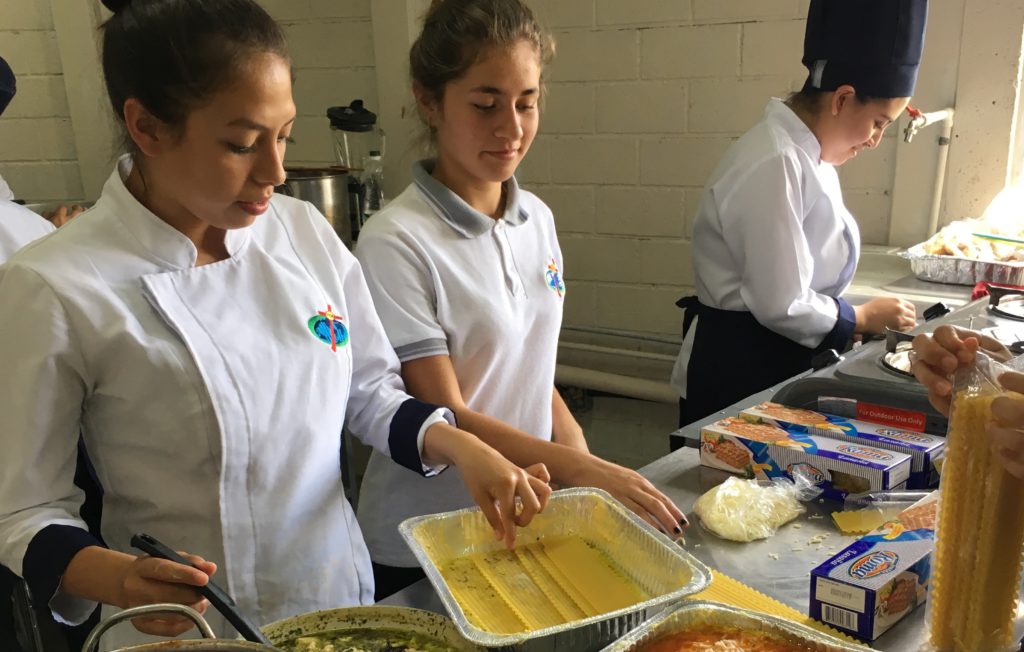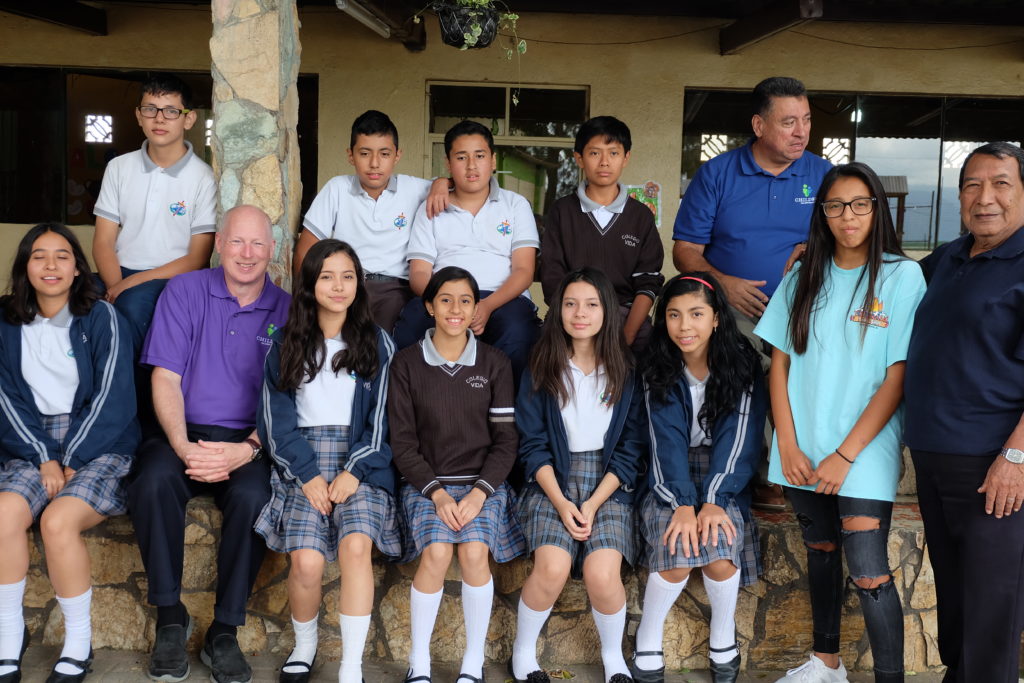facts about the Juan Apostol School:
- Ages Served: Kindergarten-ninth grade (ages 3-16 years)
- Curriculum: Children receive instruction in core academic subjects, including English. Additional courses are offered in industrial arts, home economics, computer literacy, and music.
- Academic Schedule: Typically begins in mid-January and ends in late October. Students enjoy summer break during the months of November through mid-January and a two-week winter break in June.
- Nutrition: The school provides at least one nutritional meal each day.
- Medical Care: Children’s health is closely monitored, and medical care is provided as needed by a local physician. Children also receive vitamins and nutritional beverages each day.
- Additional Circumstances: Children here often come from single-parent homes. Many also suffer neglect or abuse. Malnutrition is common, as many families cannot afford adequate food.
Located just southeast of Mexico, Guatemala is the most populous country in Central America. Its spectacular mountains boast a wealth of natural resources and stunning biodiversity. For centuries, this land served as the core territory of the Mayan civilization.
Following two centuries of Spanish colonization, Guatemala gained its independence in the early 19th century, only to endure another 150 years of political instability and civil unrest. Additionally, this area is prone to devastating natural disasters, such as earthquakes, volcanic eruptions, and hurricanes which cause mudslides and flooding. Despite recent economic growth and successful democratic elections, Guatemala still struggles with widespread poverty, illiteracy, crime and high rates of unemployment and underemployment.
Guatemala City, the nation’s capital, is no exception to these maladies. Here, in one of its slum neighborhoods, Juan Apostol School serves as a beacon of hope. Founded in 1964, the school strives to provide the deserving children of this impoverished area with a well-rounded education — the key to breaking the cycle of poverty. In this way, students here have the opportunity to rise above the difficult socioeconomic circumstances into which they were born.
Facts about GUATEMALA:
- Population: 16.6 million
- Languages Spoken: Spanish 60%, Amerindian languages 40% (23 officially recognized Amerindian languages include Quiche, Cakchiquel, Kekchi, Mam, Garifuna and Xinca)
- Unemployment Rate: 2.51% with high underemployment
- Poverty Rate: 59.3%
READ MORE STORIES FROM OUR sites IN GUATEMALA:
Supplying Families in Guatemala City with Food



